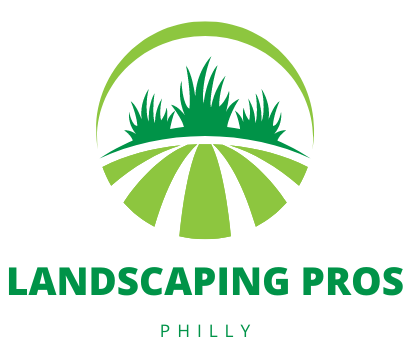To make sure your soil drains well in Philadelphia, start by checking what type of soil you have. Is it clay, sandy, or loamy? Knowing this is super important!
Next, mix in some organic matter, like compost. This helps the soil drain better and keeps it healthy. Plus, it means you won't have to use as many chemicals.
Lastly, pick plants that are suited for your soil type. Native plants are a great choice because they need less care and grow well in local conditions.
Follow these tips, and your garden will thrive!
If you want to learn more ways to help your garden grow, there are plenty of other ideas to discover!
Key Takeaways
5 Simple Tips for Better Soil Drainage in Philadelphia
- Check Your Soil: Start by testing your soil's pH and makeup. This helps you see how well water can flow through it and if you need to add anything to make it better.
- Add Organic Matter: Mix in compost or other organic materials. This helps make your soil fluffier and allows water to drain more easily, which is super helpful if your soil is really thick and sticky like clay.
- Pick the Right Plants: Choose plants that are native to the Philadelphia area. These plants are used to the local weather and water levels, so they usually do better and need less care.
- Watch for Water Puddles: After it rains, look for places in your garden where water gathers. These puddles can tell you where drainage problems are, so you can fix them quickly.
- Build Raised Beds: If your soil has a lot of clay that holds onto water, think about making raised garden beds. This can help water drain away better and stop your plants from sitting in soggy soil.
Assess Soil Composition
To make your garden grow well in Philadelphia, it's important to understand the soil in your yard. Start by testing your soil; this is an easy way to find out its pH and nutrient levels.
You'll learn if your soil is clay, sandy, or loamy. Each type affects how well water drains. For example, sandy soil lets water flow through too fast, while clay holds onto too much water, which can lead to flooding.
Watch how water moves in your garden after it rains. This helps you find spots that might have problems.
Incorporate Organic Matter
To improve your garden's drainage, start by adding organic matter like compost. This will help change Philadelphia's heavy clay soil into a better place for your plants to grow. Mixing in compost makes the soil structure better, which means it can hold air and moisture well.
Try to mix 30% topsoil with 70% compost; this combination creates a rich environment for your plants.
Adding compost regularly introduces helpful microorganisms that make the soil more breathable and less likely to get waterlogged. This method reduces your need for chemical fertilizers, which is great for keeping your garden healthy over time.
Choose Appropriate Plants

Picking the right plants for your garden can really make a difference, especially in a place like Philadelphia where the soil has its own quirks. If you have areas that get wet, consider plants like winterberry holly or bald cypress; they can handle the extra moisture.
Choosing plants that are native to the area is also a smart move. These plants usually do better in the local weather and soil, which means less work for you in terms of caring for them. Plus, plants with deep roots can help improve the soil and keep it from washing away during heavy rains.
Mixing flowers with leafy plants not only looks beautiful but also helps the soil stay healthy. With the right plant choices, you can create a garden that not only survives tough weather but also looks great all year long!
Frequently Asked Questions
How Can I Make My Ground Soil Drain Better?
To help your soil drain better, try adding some organic matter like compost to it. This will make the soil more absorbent. You can also build raised garden beds, which helps water run off instead of pooling. Another option is to dig a French drain, a type of trench that moves excess water away from your plants. Lastly, aerating the soil by poking holes in it can help water flow more easily. These steps will help your plants get the water they need without drowning!
Which of These Is the Best Way to Improve Drainage in Your Soil Mix?
If you want to help your soil drain better, mix in some rough materials like sand or perlite. These materials create spaces for water to flow through, which is really good for your plants. Good drainage helps keep their roots healthy and stops them from rotting. Give it a try!
What to Add to Clay Soil to Improve Drainage?
If you want to help clay soil drain better, there are some simple things you can do. First, try mixing in some organic matter, like compost. This helps to make the soil healthier. You can also add gypsum, which helps break up the hard clumps in the soil. Another option is to blend in some coarse sand. These changes can make your soil easier for water to flow through, which is great for plants!
How Many Inches per Hour Will a Well Draining Soil Drain?
Well-draining soil is important for plants because it helps them get the right amount of water. This type of soil can drain anywhere from 1 to 6 inches of water per hour. Sandy soil is the best at draining; it can get rid of 2 to 6 inches of water quickly. Loamy soil, which is a mix of sand, silt, and clay, can drain 1 to 4 inches. This makes loamy soil great for gardens and keeping plants healthy.

